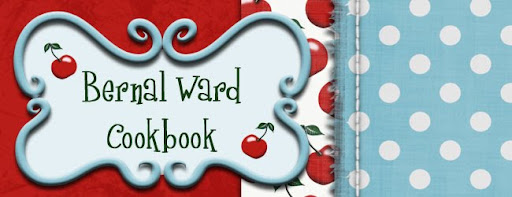Hi Cooking Group!
We had a wonderful and educational
Pasta and Sauces Night Thursday night. Thank you to Shirley Morain for opening
your house again and thank you to Sarah Lockerman for demonstrating fresh
pasta! Fresh pasta, though it takes a lot of prep and elbow grease, is hands
down tastier than packaged!
Speaking of Packaged Pasta, we taste
tested three of the top brands (gleaned from several chef blogs and articles)
that can be found at your local supermarket. As a side note, if you want
authentic, traditional and straight from the Old Country, Martelli Pasta is the
number one rated if you are willing to pay around $10 for a 1 lb bag. The three
brands I cooked were Barilla, De Cecco, and the O Organics spaghettis (several
taste tests across the web used spaghetti, but Brittany mentioned that using a
different type pasta could help differentiate in taste testing). They were all
measured 8oz dry and boiled in three different pots with 1 gallon of water + 1
TBSP salt in each pot. Why 1 TBSP? According to an Italian chef, the key is to
salt your water as the sea. 1 TBSP: 1 Gal : 8oz dried pasta
We all agreed the salt does flavor
the pasta. Some preferred less salt. The most preferred of the three brands
according to one site was De Cecco, but surprisingly, our cooking group chose
Barilla, which happens to claim it is the #1 preferred brand in Italy on its
box. Barilla is also the most inexpensive to buy of the three, just under $1 a
box when on sale. According to one blog, the way the pasta is cooked is more
important than what brand or kind.
Sarah did a great job demonstrating
fresh pasta.
Pasta Dough
2 C Flour (all purpose)
3 Large whole eggs
1/2 tsp salt
Splash of Olive oil
Form a well in the middle of flour
and add all the ingredients.
Knead all ingredients for 15 min.
Let the dough rest at least 1 hour,
but from her family's experience, let the dough rest in the fridge for 24
hours. This is also confirmed from one of the blogs I read. The colder, firmer
and more hydrated the dough, it will be easier to roll through machine.
Shriveling dough after rolling means, let the dough rest.
She made fettuccine using a pasta
rolling machine (hand crank style). Laminate (fold over several times) and roll
through a few times until you get a good looking pasta sheet. She then made
fettuccine noodles and placed on a noodle rack that looks like a tree. Then we
boiled (using same ratio of water to salt) the fresh noodles. 2 min=al dente
(firm to the tooth) and 5 min for softer. Most everyone liked the 5 min for
softer texture.
We tried Sara Seipert's Spaghetti
Bolognese which was amazing (thank you!).She made it in the famous Insta-Pot!
Her recipe is found here: https://www.pressurecookrecipes.com/instant-pot-spaghetti-bolognese/?utm_source=socialshare&utm_campaign=mail
Dina, her friend, was gracious
enough to send Sara with some brown rice pasta (which takes a bit longer to
cook). The brand is Jovial. Dina has tried several gluten free pastas and this
brand and kind of pasta is the best tasting. Some at our gathering would say it
has a faint nutty taste. We enjoyed trying it and it tasted pretty good! Thank
you Dina!
Another option for gluten free was
Crystal's spaghetti squash. I was first introduced to this fun vegetable by
Crystal and glad she came yesterday with it! Crystal cut the spaghetti squash
in half and placed upside down on a baking sheet and baked for 45 minutes at
400 degrees. Then you remove the seeds and pry the "noodles" apart
with two forks. It goes really well with cheese and sauce. If you are watching
carbs or calories, one cup is just 31 calories! Or 7g of carbs! It is filling
too!
As for sauces, Sarah brought a
homemade, nut free basil pesto. I didn't miss the nuts and the sauce was chock
full of beautiful flavor. Maybe the difference was she grew the basil herself?
It was delish!
We tried Brittany's Victoria sauce
from Costco and also Classico Riserva (one brand that came in 3rd from a Chefs'
taste testing). We all liked the Victoria sauce. The Classico Riserva had a
more zesty/zingy taste and was thicker, whereas the Victoria sauce was more
mild and a little thinned with small chunks of tomatoes (which is actually what
a good sauce from Italy looks more like). Both were marinaras. According to
Italian Chef Rana, in Italy, sauce is a condiment, not something you douse your
pasta with, like in America. Pasta is queen and herbs and cheese make the dish
king. But we went ahead and ate like Americans that night :D ~Andrea
